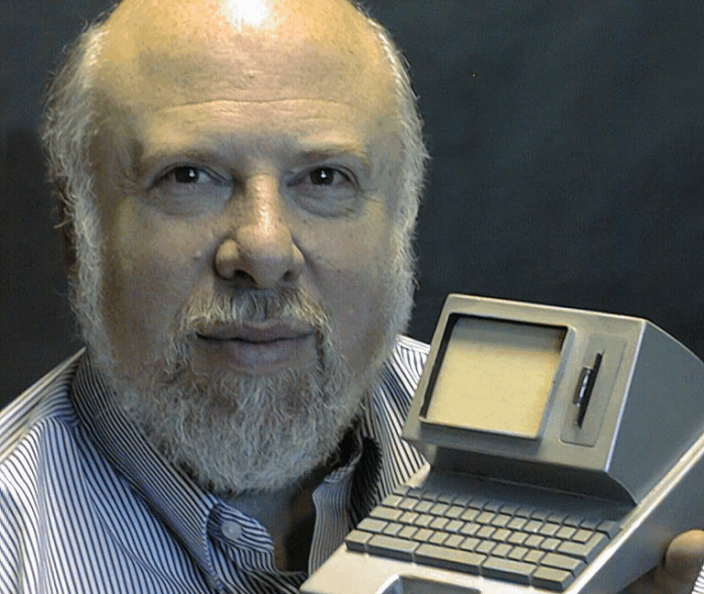A New Dawn in Text Editing: The Humane Editor
In a move that promises to revolutionize the way users engage with text, The Humane Editor (THE) has emerged from the creative mind of Jef Raskin, a pioneer in the field of computing. Initially launched on Christmas Eve 2002, this software package, developed with the input of Raskin’s son, Aza, aims to redefine user interaction with digital documents through innovative features and an emphasis on usability.
The Vision Behind The Humane Editor
Rather than constructing a new computer from scratch, Raskin’s vision was to enhance the software landscape. The Humane Editor, which began as an open-source project designed to run on classic Mac OS 9, showcased a novel approach to document management by enabling users to work across multiple documents seamlessly. Its early builds, although described as unfinished, signified a new era in text editing.
Innovative Features and User Interface
The Humane Editor introduces a large central workspace that allows for individual documents to coexist within the same interface. This workspace is visually similar to other popular text editing tools, yet it incorporates unique features like the backtick character for document separation. Users familiar with traditional text editing will find comfort in the retained dual-tone cursor and basic text formatting options.
Notably, while basic font sizes and styles can be adjusted through familiar pulldown menus, the overall aesthetic and usability have been refreshingly updated. The emphasis on user-friendliness and minimalism ensures that the focus remains on the content being created, rather than on complex toolbars.
Command Execution and Editing Tools
A key aspect of THE is its command execution model, known as the Humane Quasimode. Instead of relying on cumbersome key combinations, the Quasimode integrates commands into the workspace, promoting a smoother workflow. This command line allows for a variety of tasks to be executed swiftly, enhancing the editing experience.
Another groundbreaking feature is the “Deletion Document,” which automatically archives text that has been deleted. This innovation transforms standard editing practices by enabling users to rescue any removed text easily, effectively turning what used to be a panicked pressing of “undo” into a simple cut-and-paste operation. With this feature, users can also manage document alterations much more effectively, making traditional loss of information almost obsolete.
User Empowerment through Customization
The Humane Editor also emphasizes user empowerment, allowing creators to interactively modify its commands. Users can view and edit a comprehensive list of accepted commands by typing “COMMANDS” into the workspace. This flexibility is bolstered by its integration with Python, where users can insert and run Python code directly from their documents. Such features not only enhance editing capabilities but also encourage creativity and customization, fostering an exploratory approach to text manipulation.
Context and Significance
As we delve deeper into the digital age, tools like The Humane Editor reflect a growing demand for intuitive software that prioritizes user experience. By combining simplicity with powerful features, Raskin hopes to inspire a generation of users to engage more meaningfully with their creation processes. The project continues to develop and evolve, promising to resonate with both tech-savvy creators and casual users.
Conclusion: A Step Towards User-Centric Design
The unveiling of The Humane Editor marks a significant milestone in text editing software, illustrating Jef Raskin’s commitment to innovation and usability. The unique features challenge conventional text editing paradigms, and the emphasis on user comfort showcases a growing trend in technology: the need for tools that empower rather than complicate. As this project unfolds, it will be essential to observe its reception among users and its potential to influence future software design. The Humane Editor stands as a prominent example of how thoughtful design can facilitate creativity and transform the digital workspace into a more engaging and productive environment.









